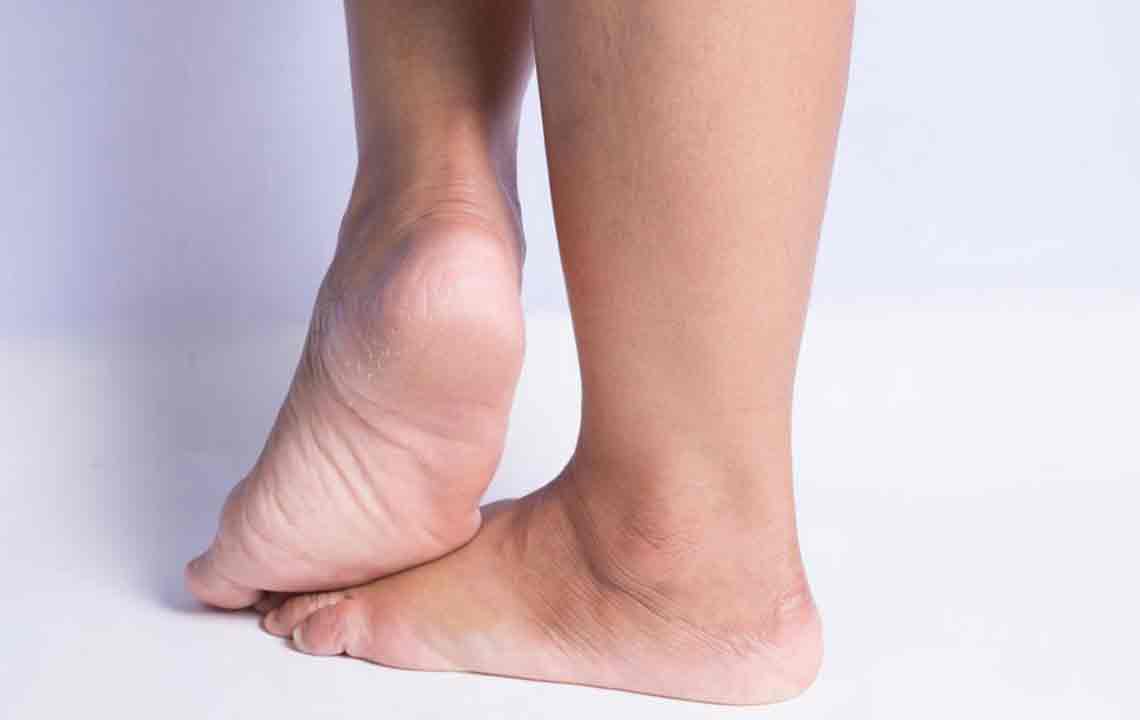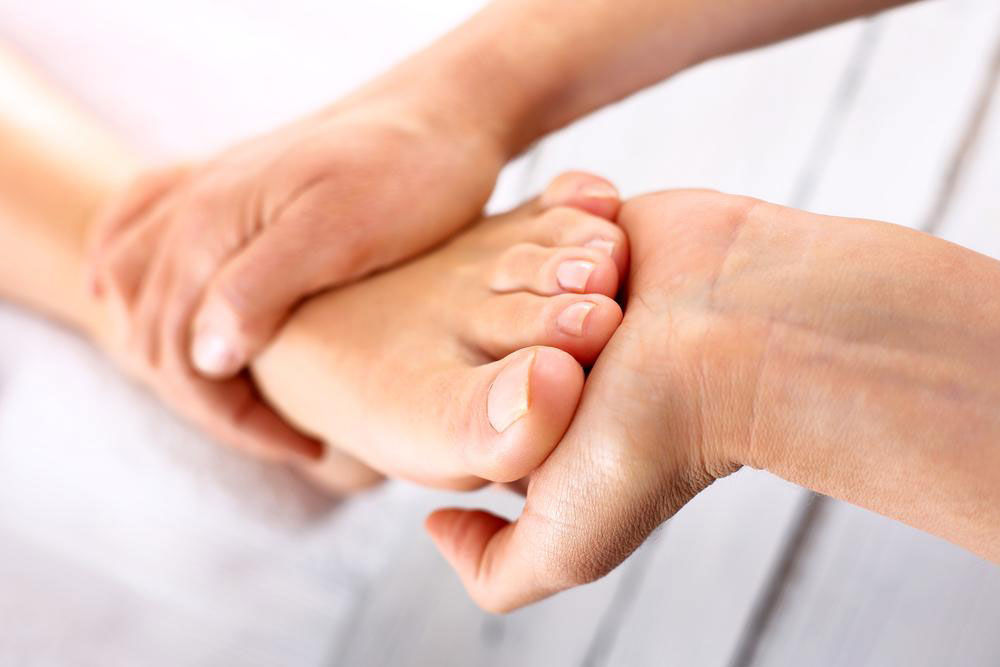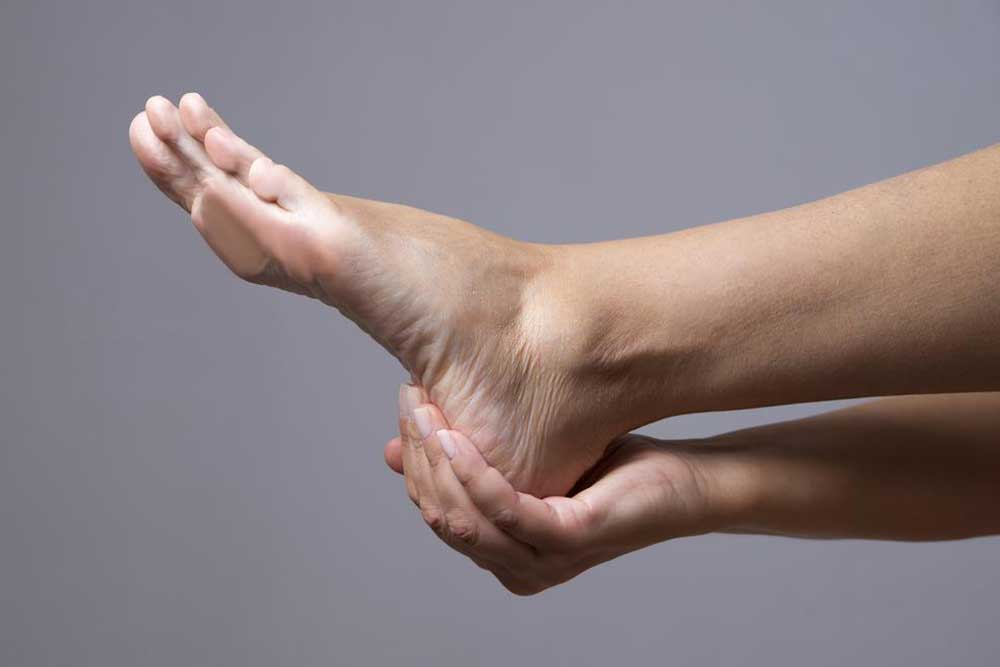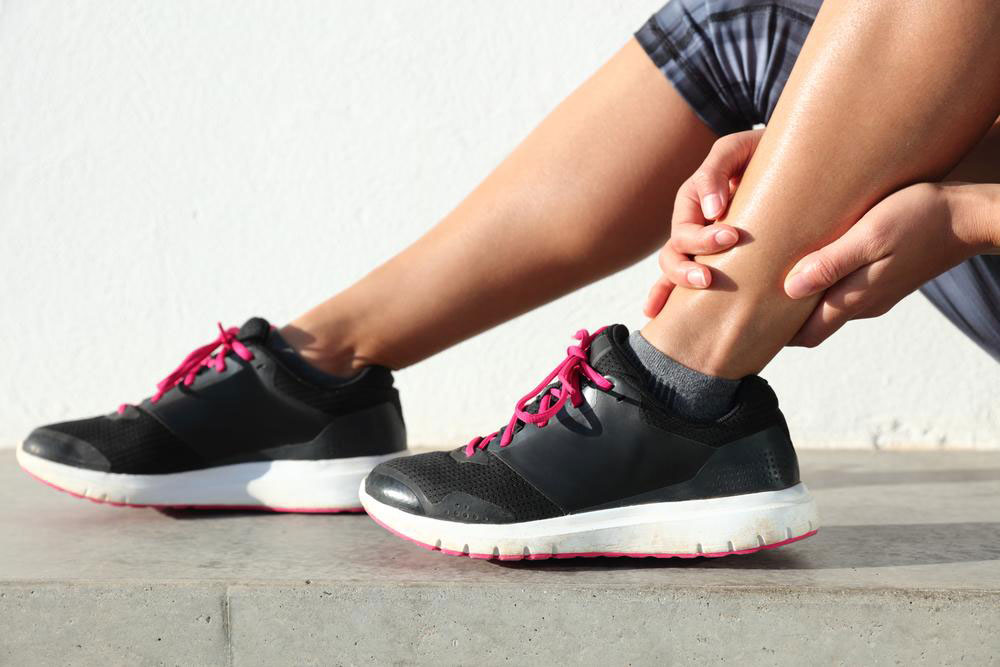Comprehensive Methods to Relieve Heel Pain Effectively
Discover comprehensive strategies to relieve heel pain effectively. This detailed guide covers causes, symptoms, self-care tips, and when to seek professional help. Learn how proper footwear, stretching, and lifestyle changes can improve heel health and prevent future discomforts, ensuring better mobility and quality of life.

Comprehensive Methods to Relieve Heel Pain Effectively
The human foot is a complex structure, consisting of 26 bones, 33 joints, and over 100 tendons, muscles, and ligaments working together to support movement and weight. Among these, the heel — the calcaneus — plays a vital role in providing stability and absorbing shock during walking, running, and standing. Despite its robustness, the heel is susceptible to pain and discomfort, which can significantly impact daily life and mobility. Heel discomfort is a common issue affecting millions worldwide, resulting from various factors such as injury, repetitive strain, or underlying health conditions.
Understanding the root causes of heel pain is essential in finding effective relief strategies. While minor aches may resolve with rest, ice, and self-care, persistent or severe pain often requires a more comprehensive approach, including lifestyle adjustments, targeted exercises, and sometimes medical intervention.
Common Causes of Heel Discomfort
Impact Injuries: Sudden trauma from falls, direct blows, or overuse during vigorous activities can cause tissue damage or fractures.
Ill-Fitting Footwear: Shoes lacking proper arch support, cushioning, or fitting tightly can exert excess pressure on the heel, leading to pain.
Repetitive Strain: Prolonged standing, running, or activities that involve constant heel strike can inflame tendons and tissues.
Heel Spurs and Plantar Fasciitis: Bony growths and inflammation of the plantar fascia are among the most common causes of chronic heel pain.
Over-Pronation and Achilles Tendinitis: Excessive inward rolling of the foot or inflammation of the Achilles tendon can also result in heel discomfort.
Symptoms Associated with Heel Pain
Sharp or dull ache in the heel region, especially in the morning or after activity.
Swelling and tenderness around the heel or arch.
Difficulty walking or standing for prolonged periods.
Stiffness or a burning sensation in the heel area.
Effective Relief Strategies for Heel Discomfort
Addressing heel pain requires a multi-faceted approach tailored to the specific cause. Below are proven methods to alleviate discomfort and promote healing:
1. Rest and Protect the Heel
Reducing physical activity minimizes strain on the heel, allowing inflamed tissues to heal. Avoid high-impact activities like running or jumping, and use cushioning pads or heel cups to shield the area.
2. Apply Ice Therapy
Ice packs or frozen gel bottles applied to the heel for 15-20 minutes several times daily can reduce inflammation and numb pain. Wrap the ice in a cloth to prevent skin irritation.
3. Gentle Stretching and Exercise
Wall stretches: Stand facing a wall, place hands on the wall, and step back with the affected foot, keeping it straight and heel grounded. Lean forward to stretch the Achilles tendon and calf muscles.
Rolling with a frozen bottle: Roll your foot over a frozen water bottle to massage the tissues and relieve tension.
Tendon stretches: Regularly stretching the Achilles and plantar fascia can improve flexibility and reduce strain.
4. Use Proper Footwear and Orthotics
Choose shoes that provide adequate arch support, cushioning, and a proper fit. Custom orthotics or over-the-counter insoles can redistribute pressure and support the arch, alleviating heel stress.
5. Maintain a Healthy Lifestyle
Achieve and sustain a healthy weight to reduce stress on the heel.
Gradually warm up before engaging in physical activities to prepare muscles and tendons.
Incorporate anti-inflammatory foods like omega-3 fatty acids, fruits, and vegetables into your diet.
6. Over-the-Counter Medications and Topical Treatments
Non-prescription pain relievers such as ibuprofen or acetaminophen can help reduce pain and inflammation. Topical gels containing anti-inflammatory agents may provide additional relief.
When to Seek Medical Assistance
If heel pain persists beyond a few weeks despite self-care, worsens, or is accompanied by numbness, redness, or swelling, it’s crucial to consult a healthcare professional. Persistent pain might signify underlying conditions like plantar fasciitis, heel spurs, or fractures that require specialized treatment such as physical therapy, corticosteroid injections, or surgery.
Preventative Measures to Avoid Heel Discomfort
Wear supportive and comfortable footwear suited to the activity.
Warm up and stretch muscles before exercising.
Maintain a healthy weight to minimize joint and tissue stress.
Regularly replace worn-out shoes to ensure optimal support.
Practice good foot hygiene and inspect your feet regularly for any abnormalities.
Conclusion
Heel discomfort can significantly impair daily life, but most cases respond well to early intervention and proper care. Implementing strategies such as rest, ice therapy, targeted stretching, supportive footwear, and lifestyle modifications can provide relief and prevent recurrence. For persistent or severe cases, timely consultation with healthcare professionals ensures appropriate diagnosis and treatment, helping you regain comfort and mobility efficiently.





